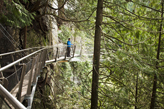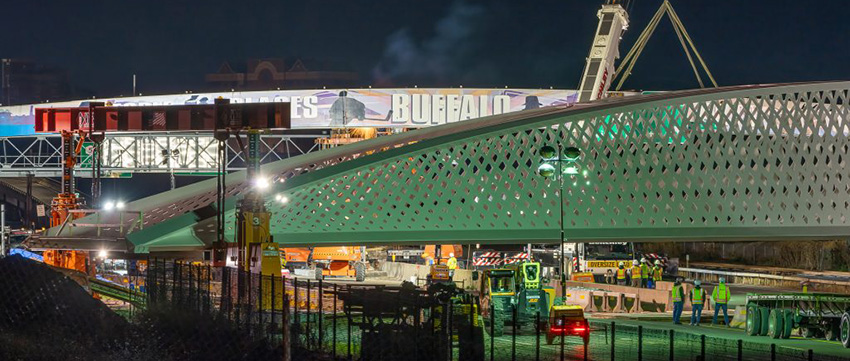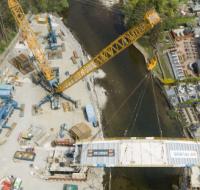It is seeking views over the next eight weeks on the proposal for the crossing between Rotherhithe and Canary Wharf. The proposal forms part of London mayor Sadiq Khan’s wider package of river crossings and new walking and cycling infrastructure in the east of the city.
"This new crossing is envisioned to be a fantastic addition to London and provide a valuable and accessible link to new and proposed walking and cycling routes on both sides of the river,” said TfL managing director of surface transport Leon Daniels.
The latest modelling by TfL suggests that, with future growth and development in the local area, by 2031 more than two million pedestrian and cyclist journeys every year could be made using the bridge. Pedestrians and cyclists currently have very limited opportunities to cross the river east of Tower Bridge easily and safely, said TfL, which restricts access to key destinations such as Canary Wharf. The Greenwich Foot Tunnel is already operating at capacity at peak times and the Rotherhithe Tunnel, which is the only other permanent crossing option across the river at this point, is regularly avoided by pedestrians and cyclists.
Over the past year, TfL has worked with consultants Arcadis and Knight Architects to review the need for a new crossing and explore options. The work led to the creation of a shortlist of three options - an enhanced ferry service, a bridge or a tunnel. Based on the studies carried out so far, TfL's preferred option is a bridge that allows the movement of vessels on the river to continue. It has begun to investigate this option in greater detail.
As part of the consultation, TfL is seeking views on the selection of this preferred option and different aspects of a navigable bridge. These include the specific location of the bridge option, the height that it would be, as well as other considerations such as the overall design and considerations about how a bridge would open for large ships to pass on the river.
While a navigable bridge is TfL's preference, no final decisions have yet been made and Londoners are welcome to recommend alternative designs or options as part of the consultation process.
Subject to the consultation responses, a second consultation on final preferred design will take place next year, paving the way for the application for planning consents in early 2019.





